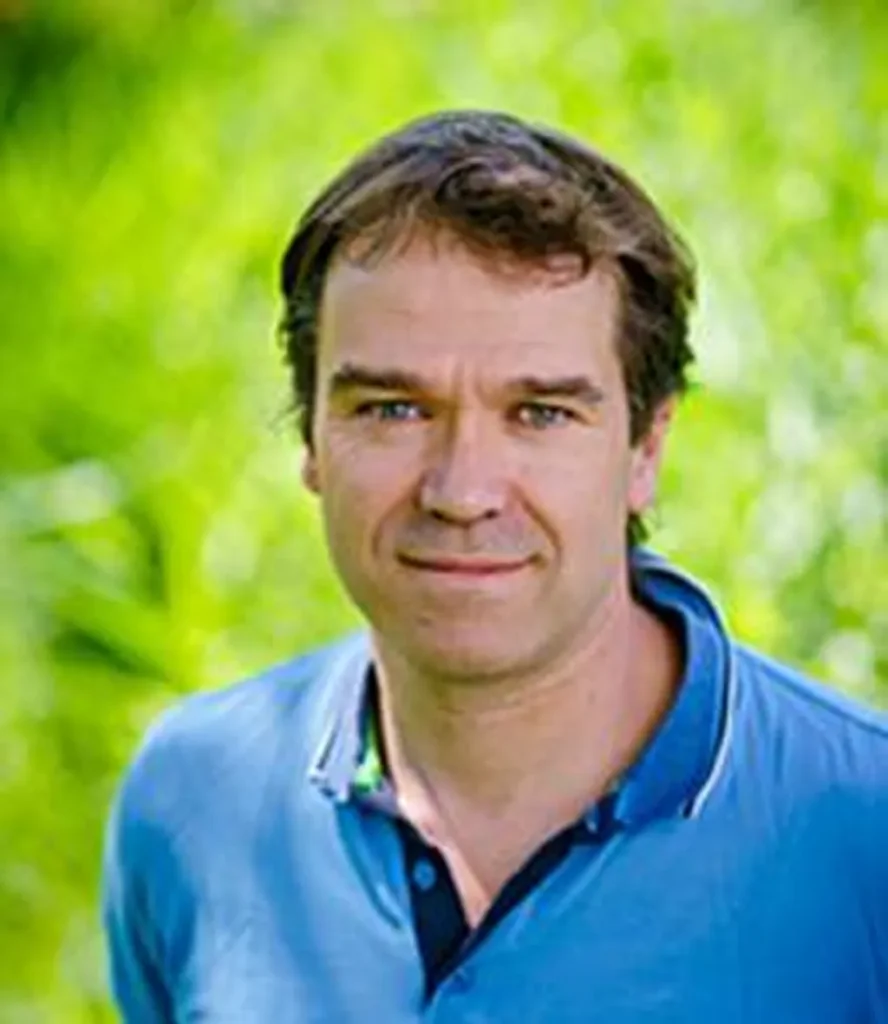In the heart of Rotterdam, a groundbreaking approach to urban planning is taking shape, one that promises to revolutionize how cities tackle sustainability challenges. At the forefront of this innovation is Nico Tillie, a researcher from TU Delft’s Architecture and the Built Environment faculty, who has been pioneering a method known as Synergetic Urban Landscape Planning (SULP). This approach, detailed in a recent publication in the journal ‘A+BE: Architecture and the Built Environment’ (translated as ‘Architecture and the Built Environment’), is not just about addressing individual urban issues but about creating synergies that enhance multiple aspects of city life simultaneously.
Tillie’s research focuses on the interconnectedness of urban systems, particularly water management, energy transition, and urban agriculture. By examining these themes holistically, Tillie aims to turn environmental challenges into opportunities for improving liveability and reducing carbon emissions. “The goal is to accelerate the transition to liveable, low carbon cities,” Tillie explains. “We’re looking at how different functions and flows in the urban landscape can work together to create positive effects for everyone.”
One of the key innovations from Tillie’s research is the ‘Smart City Planner,’ a tool that uses Geographical Information Systems (GIS) to assess the sustainability performance of neighbourhoods and plan for synergies. This tool has already been applied in Rotterdam’s inner city, where it helped develop strategies for densification and greening that improved liveability and reduced CO2 emissions per capita.
The commercial implications for the energy sector are significant. By promoting the exchange of residual flows of heat, SULP can contribute to a more sustainable energy supply. This approach not only benefits the environment but also offers economic advantages by optimizing resource use and reducing costs. “We’re not just talking about sustainability; we’re talking about creating a better quality of life for urban residents,” Tillie notes.
The SULP approach also fosters closer cooperation between different disciplines, from landscape architecture to urban ecology and governance. This interdisciplinary collaboration is crucial for developing innovative solutions to complex urban challenges. As cities around the world grapple with climate change and resource scarcity, Tillie’s research offers a promising path forward.
The impact of Tillie’s work extends beyond Rotterdam. The principles and tools developed through SULP can be applied to other cities, helping them transition to more sustainable and liveable environments. By emphasizing the role of landscape architecture in urban development, Tillie’s research highlights the importance of integrating natural elements into city planning.
As urban areas continue to grow and evolve, the need for sustainable and integrated planning approaches will only increase. Tillie’s work provides a valuable framework for achieving these goals, offering a blueprint for cities to become more resilient, efficient, and livable. In an era of rapid urbanization and environmental change, the insights from this research could not be more timely or relevant.

